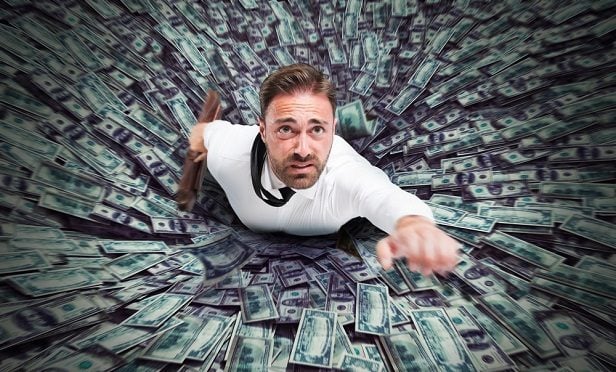 Smiling business women working on the laptop together.
Smiling business women working on the laptop together.
Women in the United States consistently spend 30% more out-of-pocket on health care than men do, new research from GoodRx found. Last year alone, women spent $39.3 billion, which was $8.8 billion more than the $30.5 billion spent by men.
“The 'pink tax’ is traditionally defined as the practice of charging women more than men for identical goods and services, from razors to dry cleaning,” the report said. “While this well-documented phenomenon reflects explicit pricing disparities, our research suggests that the pink tax extends far beyond everyday consumer goods. It also manifests in the hidden costs of health care.”
Recommended For You
Higher health care utilization and the financial burden of female-specific treatments drive this price gap. From reproductive health to mental health and chronic conditions that disproportionately affect women, the costs of care are unavoidable and accumulate over a lifetime. Whether it's recurring costs for birth control, menopause treatments or medications for conditions such as endometriosis and postpartum depression, women are paying an unspoken premium simply to maintain their health.
Among other takeaways from the research:
- Women visit doctors more often, fill more prescriptions and manage more chronic conditions, leading to higher total out-of-pocket costs across the board. However, this isn’t just about spending more -- it’s also about avoiding even greater costs down the line. Many conditions women manage, from migraines to anxiety to asthma, can have debilitating effects if left untreated, leading to lost productivity, diminished quality of life and even higher medical expenses in the future.
- Women aged 18 to 44 face the steepest price gap, spending up to 64% more than men, all while balancing career, family planning and caregiving. In certain years, women in this age range have spent up to 64% more on prescriptions than men, reflecting both higher utilization rates and the specific health conditions that disproportionately affect them. Even among older adults, where the spending gap narrows, women continue to outspend men. In 2024, women aged 45 to 64 spent 35% more, and women over 65 still outspent men by 17%.
- Women also significantly outspend men on mental health treatments, including 113% more on depression medications and 103% more on anxiety treatments. Bipolar disorder treatments also show a 46% higher spending rate among women. These disparities likely are driven by higher prescription fill rates -- women fill prescriptions for depression 112% more often than men. Insomnia medications reflect a similar trend, with women spending 58% more and filling 66% more prescriptions than men.
© 2025 ALM Global, LLC, All Rights Reserved. Request academic re-use from www.copyright.com. All other uses, submit a request to [email protected]. For more information visit Asset & Logo Licensing.








